Rising Import and Export Opportunities
Germany's strategic position within Europe presents significant opportunities for the frozen meat market, particularly in terms of import and export activities. The country is one of the largest exporters of frozen meat in Europe, with exports valued at approximately €3 billion annually. This robust export market is driven by high demand from neighboring countries, which rely on German products for their quality and safety standards. Additionally, the increasing import of specialty frozen meats from other regions is likely to diversify the offerings available in the market. As the frozen meat market capitalizes on these opportunities, it may witness growth fueled by both domestic consumption and international trade.
Health Consciousness and Nutritional Awareness
In recent years, there has been a marked increase in health consciousness among German consumers, which is influencing their purchasing habits in the frozen meat market. Many consumers are now more aware of the nutritional content of their food, leading to a preference for leaner cuts and organic options. Data indicates that around 45% of consumers actively seek out healthier frozen meat alternatives, such as those with reduced fat content or free from additives. This shift towards health-oriented choices is likely to drive innovation within the frozen meat market, as manufacturers respond by offering products that align with these preferences. Consequently, the market may witness a rise in demand for frozen meats that are not only convenient but also cater to the health-conscious consumer.
Evolving Retail Landscape and Distribution Channels
The retail landscape in Germany is evolving, significantly impacting the frozen meat market. The rise of discount retailers and online platforms has transformed how consumers access frozen meat products. Recent statistics reveal that online grocery sales have surged by 30% in the past year, indicating a shift in shopping habits. This evolution in distribution channels is likely to enhance the visibility and availability of frozen meat products, making them more accessible to a broader audience. As retailers adapt to these changes, the frozen meat market may experience increased competition, prompting innovation and diversification in product offerings. This dynamic environment could lead to a more robust market, catering to diverse consumer needs.
Increasing Consumer Preference for Convenience Foods
The frozen meat market in Germany is experiencing a notable shift as consumers increasingly favor convenience foods. This trend is driven by busy lifestyles, where ready-to-cook and easy-to-prepare meals are becoming essential. According to recent data, approximately 60% of German households prioritize convenience when selecting food products. This consumer behavior is likely to bolster the frozen meat market, as frozen options provide a longer shelf life and require minimal preparation. Additionally, the rise of online grocery shopping has made it easier for consumers to access frozen meat products, further enhancing their appeal. As a result, the frozen meat market is expected to see sustained growth, with convenience being a key driver in shaping purchasing decisions.
Technological Innovations in Processing and Packaging
Technological advancements in processing and packaging are playing a crucial role in shaping the frozen meat market in Germany. Innovations such as vacuum sealing and modified atmosphere packaging are enhancing the preservation of meat products, extending shelf life while maintaining quality. These technologies not only improve food safety but also reduce waste, which is increasingly important to environmentally conscious consumers. The frozen meat market is likely to benefit from these advancements, as they enable manufacturers to offer fresher products with longer storage capabilities. As a result, the market may see a rise in consumer trust and preference for frozen meat options that leverage these cutting-edge technologies.


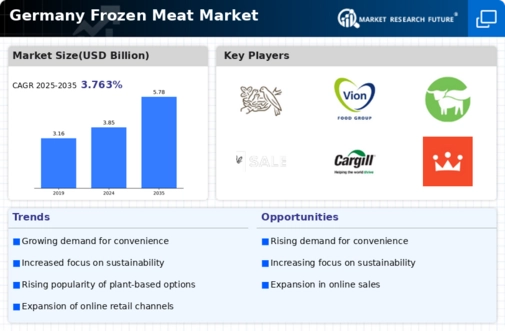
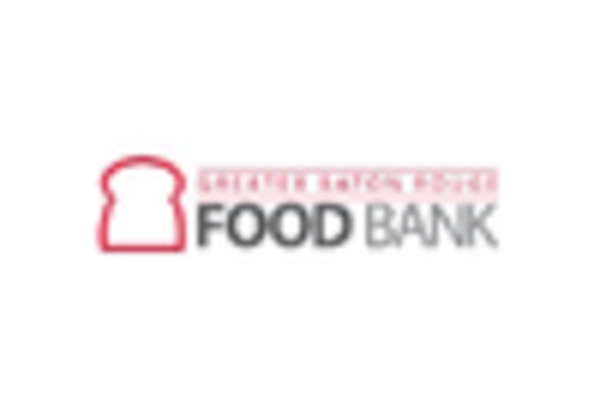
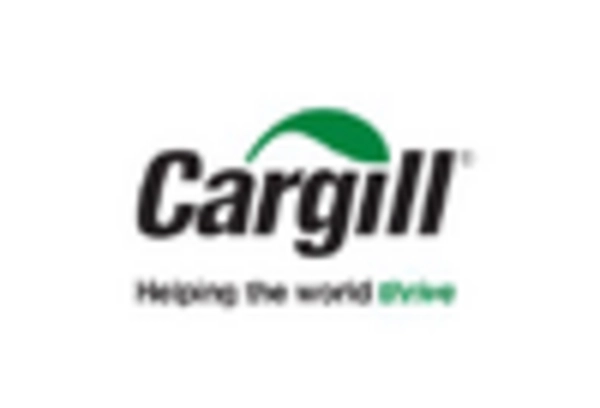
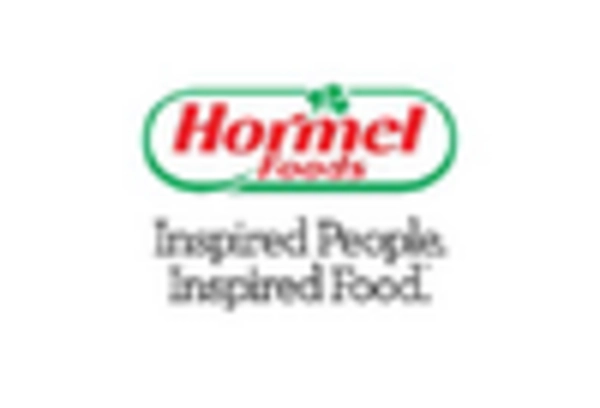
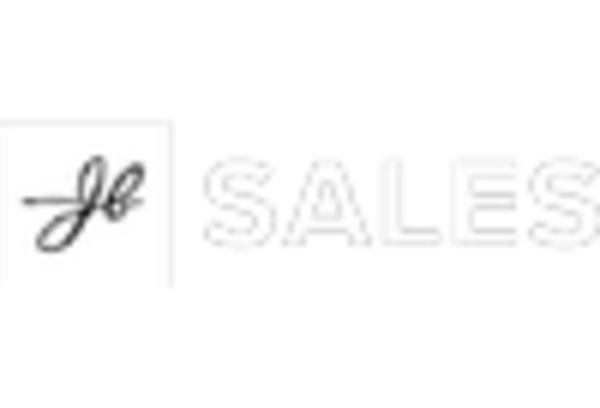
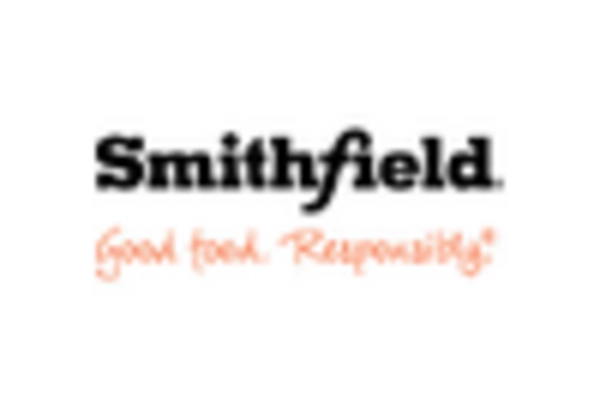
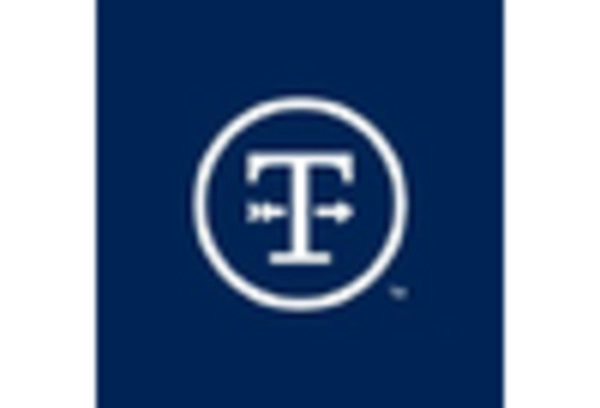








Leave a Comment